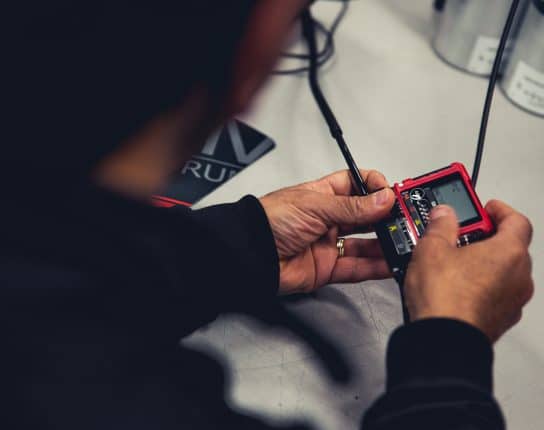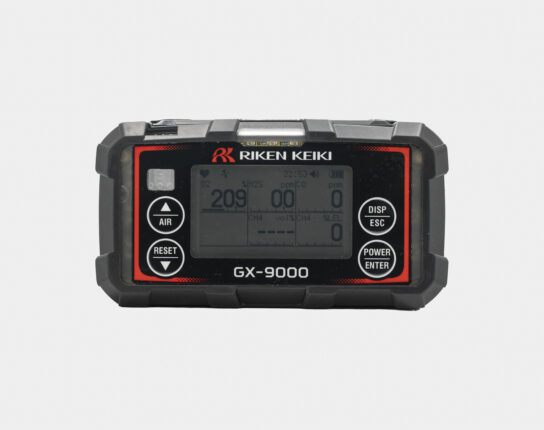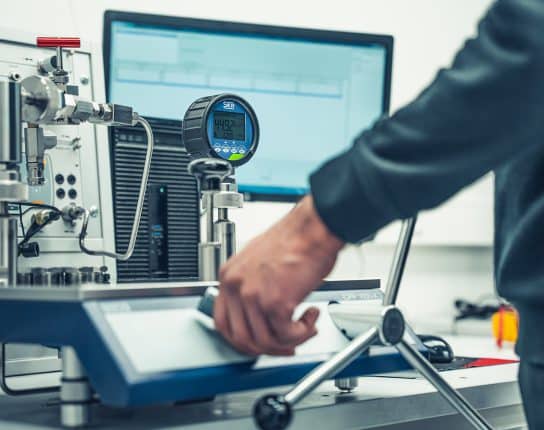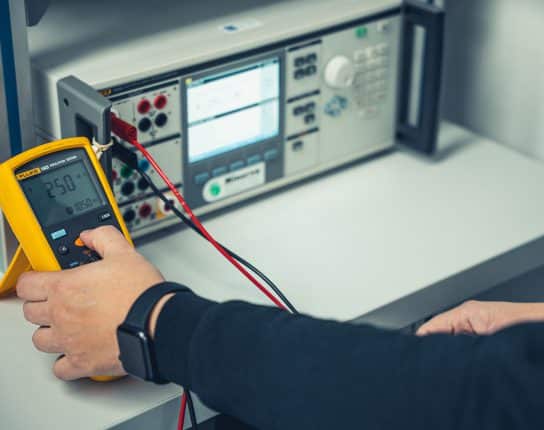
What is a fuel drip sampler?
Fuel drip sampler, bunker sampler, drip ring, and so on. There all the same instrument. A fuel drip sampler is a vital instrument for every ship. With the sampler you, as the name suggests, sample every type of fuel that enters the ship. With the sampler, reliable and representative samples can be made during the bunkering process for evaluation in the lab. The bunkering sampler has become so vital, that The Port of Rotterdam has made it a mandatory instrument during every bunkering operation that takes place in the Port of Rotterdam.
This blog about fuel drip samplers will discuss the following topics:
- What is a fuel drip sampler?
- What are the economic benefits of the bunker samplers?
- Bunkering regulations Port of Rotterdam
- Where is the fuel drip sampler usually located?
- How to choose the correct size of the fuel drip sampler?
What is a fuel drip sampler?
A fuel drip sampler is one of the most important aspects of any oil analysis program. The sample collected by the sampler is representative of the total amount of the bunkering progress. Oil samples are required for regulatory analysis and commercial purposes and are required by law. A representative oil sample will provide an accurate representation of the quality of the oil bunkered.
Suppose a sample does not represent the actual condition of the oil and component at the time of sampling. In that case, the reliability of both the test result and its interpretation is insecure. Crucial aspects of the sample progress include taking the sample, sampling location, and witnessing the progress.
What are the economic benefits of bunker samplers?
A fuel sampler is not only helping you through bunkering progress because it’s required by law, but it’s also the most economical way of taking fuel samples. Without a drip sampler, the only way to take a fuel sample is by hand, where you have to operate a valve manually to let the fuel sample drip in a container. The sampler makes it easier for you to take a fuel sample because it’s more reliable and easier to use.
Bunkering regulations port of Rotterdam
The port of Rotterdam is Europe’s largest bunkering port and one of the top three bunkering ports worldwide. Each year 9,5 million tonnes of bunker fuel is supplied to ships in or around the port of Rotterdam. With five oil refineries and a wide range of available oil products, the port of Rotterdam is an attractive port to call on for ships that need to refuel. Moreover, since Rotterdam is a location for price-setting, bunker oil in the Dutch hub is cheaper than in most other ports.
But as one of the largest bunkering ports in the world, regulations must be strict and correct. Therefore the Port of Rotterdam has made the use of bunkering samplers mandatory at every bunkering operation.
Where is the fuel drip sampler usually located?
Most of the time, the sampler is located in the Bunker Manifold close to the bunker flange. Here, the Chief Engineer can be placed between the bunker manifold flange and the pipeline towards the fuel system.
How to choose the correct size of a fuel drip sampler:
- Select the nearest size bunker sampler with an outer diameter smaller than the flanges Pitch Circle Diameter minus the Bolt Hole Diameter.
- The inner diameter has to be larger dan the Nominal Pipe Size of the flange.
For more information about fuel drip samplers/ bunker samplers contact our office. Our specialists are ready to answer your questions regarding your needs or regulations. Or check out the CMT Drip Sampler here for more product details.
Related
More of the same



